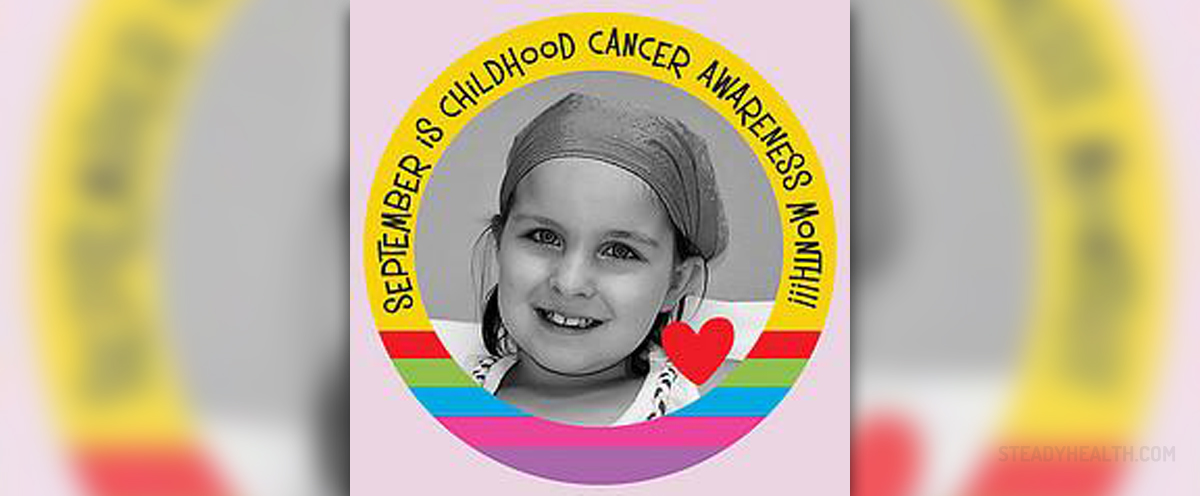
Cancer can appear at very young age. Thus, it is very important to know which are the signs of cancer in children.
Even though most of the symptoms which will be mentioned below can also be the signs of some benign conditions, it is best to rule out the worst case scenario on time. Additionally, if the signs appear to bear witness of cancer indeed, when detected early, these will allow you to have the problem treated before it escalates and seriously endangers the life of your child.
List of Signs of Childhood Cancer
If a child has some form of cancer, he/she is likely to lose weight persistently, without any specific causes. The child may suffer from frequent and persistent headaches, most commonly appearing in the morning, possibly being combined with nausea and vomiting. Nausea in general may be a common sight, even though, in some cases, vomiting may take place without the nausea too.
Furthermore, the bones, muscles, joints, back or legs of the child may be prone to swelling or being sore and lumps may appear in the neck, abdomen, chest, pelvis or armpit area. Additionally, the child may be prone to bruising or experiencing rashes or bleeding, with reoccurring infections.
Some signs of childhood cancer can be seen behind the pupils, in forms of whitish color. Childhood cancer patients are also known to appear pale or be bothered by fatigue most of the time, suffering from sudden but persistent vision problems or changes, along with unexplainable fevers.
Finally, the child affected by cancer may appear to be irritable and prone to night sweats or mood swings.
Bear in mind that childhood cancer is not something that is seen often. Rather, it is an occurrence considered to be very rare. Nevertheless, it is best to rule it out as soon as you notice any of the symptoms mentioned above.
List of Possible Cancers
Leukemia is a type of childhood cancer, affecting the bone marrow, where abnormal white blood cells divide excessively, crowding the normal cells, reaching the blood. Note that these abnormal white cells are not fully functional and do not protect the organism from diseases. Rather, they trigger blood clots and affect the red blood cells which carry oxygen and nutrients negatively.
This form of cancer is usually fought with chemotherapy, being a successful treatment in about 70% of cases, allowing the affected children a five year survival rate.
Out of all the symptoms mentioned above, extreme tiredness is the most prevalent when it comes to leukemia. So, if you notice the symptoms, take the child to the doctor and look for enlarged spleen, liver or lymph nodes and take complete blood tests. A child suffering from leukemia will have a low red blood cell count and platelets levels below normal, with increased lymphocytes.
Neuroblastoma is yet another type of childhood cancer, affecting the sympathetic nervous system. This cancer is a tumor, found in the form of a solid lump which can be found in the abdominal area or the part of the body around the spinal cord. Neuroblastoma is known to be present congenitally, even though it is most often diagnosed later in the child's life. Regardless, this cancer is found in children younger than 1 in 25% of cases. Children of this age respond to the treatment best and can be cured in 90% of cases.
A neuroblastoma may swell or result in pain. Fortunately, the lump can be palpable and easily noticed once the parents are bathing the child. Sometimes, it can be found in the neck, head and chest areas as well.
Upon visiting the doctor, you are advised to ask for an abnormal mass check and a urine test.
Another type of childhood cancer is Wilms' tumor, located in the kidney. However, this type of cancer is not related to kidney cancer. It is best to be found early, since then, the chances of a successful treatment are the highest. Speaking of treatment, Wilms' tumor is dealt with through surgery, chemotherapy and/or radiation.
Furthermore, brain cancers affect children in about 15% of cases, with signs varying, depending on the location of the tumor itself. This type of cancer can be treated with brain surgery, radiation and chemotherapy. Since this cancer may manifest through symptoms resembling a viral infection, it is best not to ignore it, but, rather, have it ruled out or diagnosed on time through an MRI or CT scan of the brain.
Finally, rhabdomyosarcoma is a childhood cancer which is found in the muscle cells in the neck, eye, limbs, pelvic area and chest as well as lungs. It also manifests through lumps which possibly grow larger. Thus, upon noticing such palpable abnormalities, seek medical assistance and ask for biopsy, complete blood count and CT, X-ray or MRI scans.
Relevant Statistical Data
Leukemia is a cancer which is responsible for 35% of all children diagnosed. In fact, 1 in every 1000 children gets diagnosed with it by the time he/she reaches the 19th year of life.
On the other hand, neuroblastoma appears in about 7% of all childhood cancer diagnosis cases, affecting 1 in every 6000 children.
As it was mentioned above, brain cancer affects about 15% of diagnosed children, while up to 8% of cancers diagnosed in children are cases of rhabdomyosarcoma, commonly affecting children from 2 to 6 and children from 15 to19.
Either way, timely treatment is crucial and all parents are advised to be on a lookout for signs of childhood cancer in their children, keeping these illnesses at bay or treating them on time.


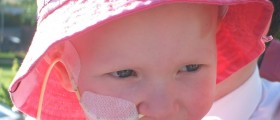
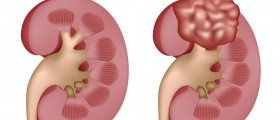

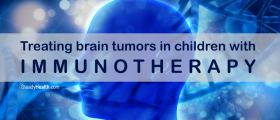


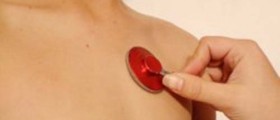

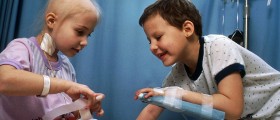


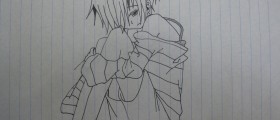
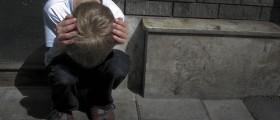


Your thoughts on this
Loading...